What is a pine marten?
The pine marten (Martes martes) has a long, thin body, round ears, chocolate-brown fur and creamy-white throat. It is a member of the Mustelidae family, along with stoats, weasels, badgers, otters, mink and many more. The name comes from the mammal’s choice of habitat, as it lives amongst mainly coniferous woodland such as pine forests. It weighs between 0.9-2.2kg and has a lifespan of up to 12 years.
How rare are pine martens - and what are your chances of seeing one? Our guide to pine martens looks at facts about the species, including what they eat, how often they breed and where is your best chance of seeing one.
Do pine martens hibernate?
Unlike many mammals, pine martens do not hibernate through winter as they are able to stay warm thanks to their thick fur. Their feet are also covered with fur which enables them to survive in snowy conditions.
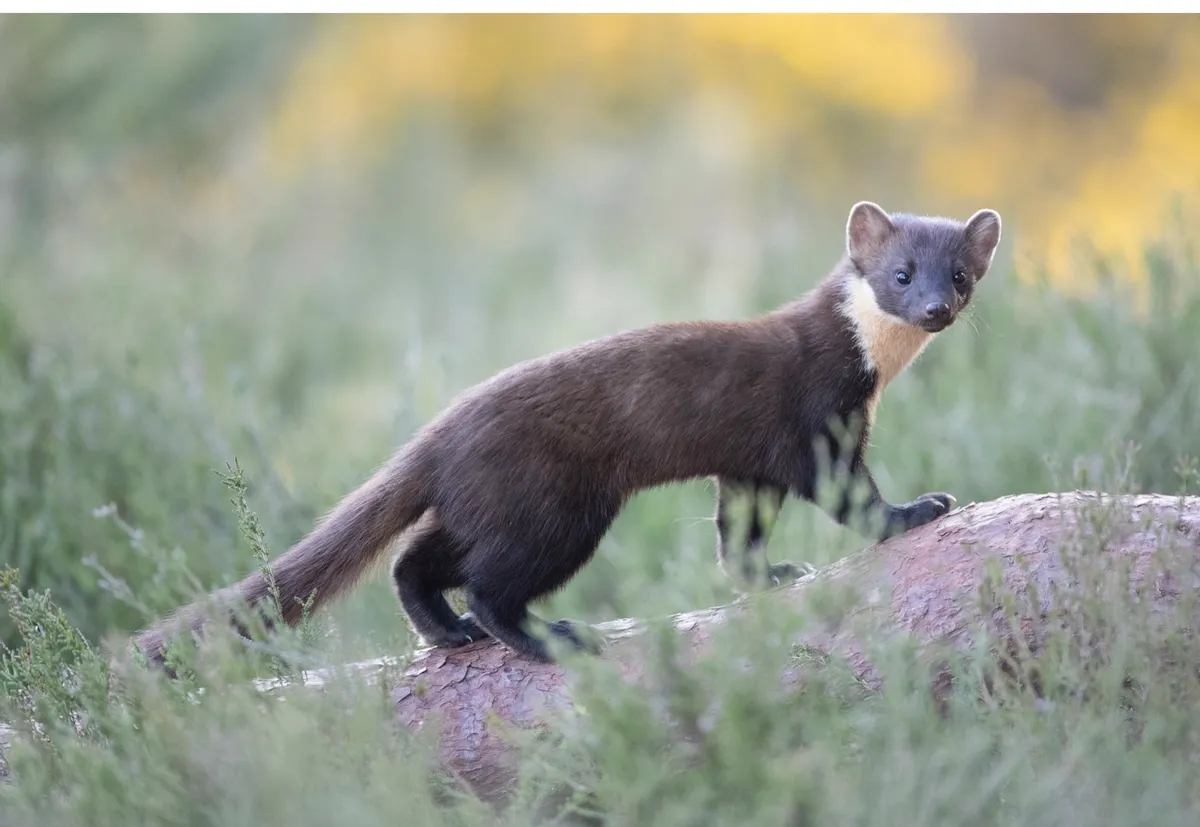
What do pine martens eat?
Pine martens feed on fruit, fungi, insects, small rodents – such as voles – and bird eggs. Most of their food is found on the ground, despite being strong climbers.
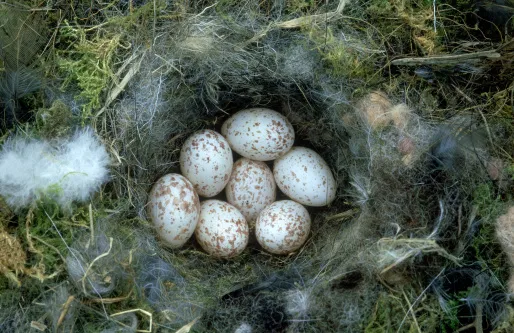
Pine marten facts
- Family Mustelid (like stoats, weasels, otters and even badgers)
- Size Similar to a cat but lighter, weighing around 1.5kg. Males measure 51-54cm in length; females 46-54cm.
- Colour Dark brown with a cream throat and bib.
- Territory Around 10km² but can overlap.
- Diet Omnivorous, with a taste for rodents, rabbits, birds and berries.
Where do pine martens live?
As suggested by its name, the pine marten lives mostly among coniferous woodland such as pine forests, though they also spend time in scrubby and rocky areas.
Populations are restricted largely to northern and central Scotland, along with a few small pockets in southern Scotland, northern England, Wales and Northern Ireland.
How often do pine martens breed?
Female pine martens tend to give birth in early spring. After making dens in hollow trees, fallen wood or sheltering rocks, pine martens will have litters of between one to five blind hairless offspring.
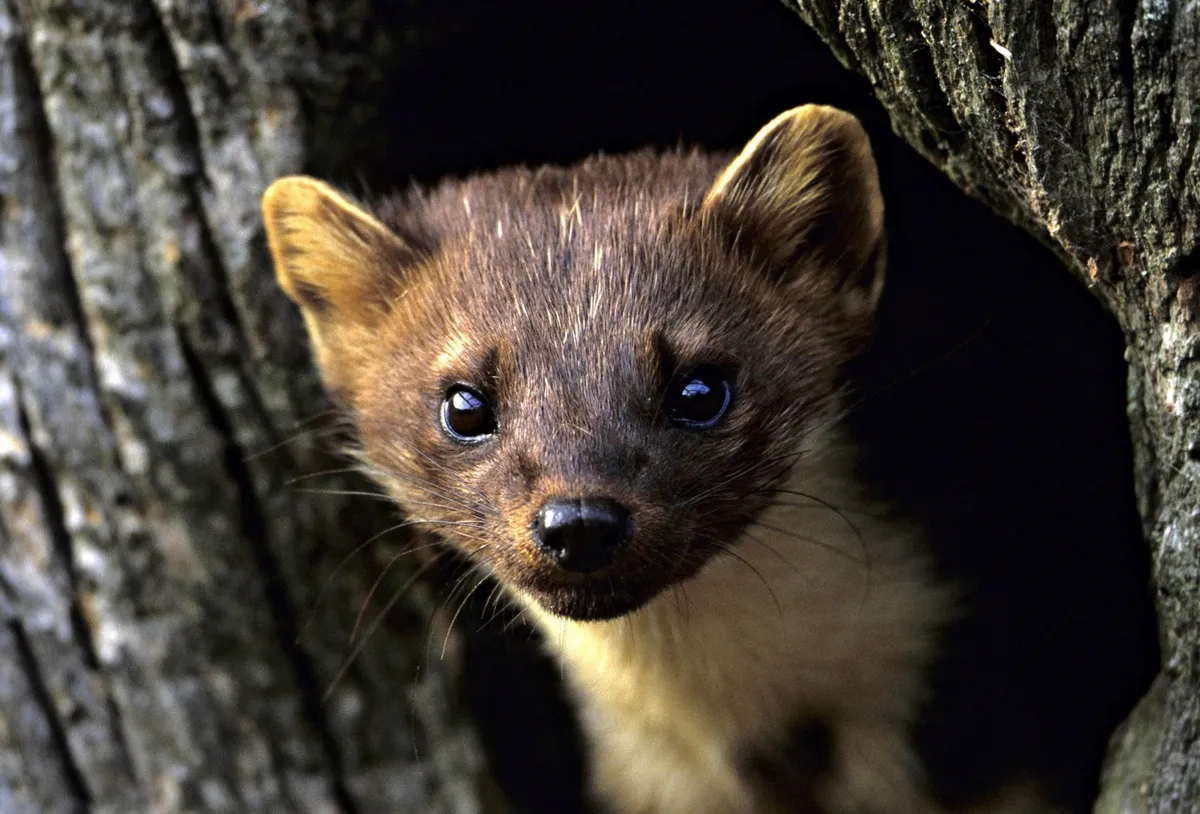
Are pine martens endangered?
Despite being listed as a species of 'least concern', the pine marten is scarce in Britain (thought to be just 3,500) and is a priority species in the UK Biodiversity Action Plan.
It’s believed that pine martens arrived in Britain at the end of the last glacial period. They thrive in woodland habitats and, around 6,500 years ago, were the second most common carnivore in Britain and Ireland.
In the 1800s, pine martens were hunted for fur and this, combined with predator control by gamekeepers and habitat fragmentation, led them to the verge of extinction in many areas of the UK. Only small populations survived in isolated areas across northern England, Wales and Ireland. The Scottish Highlands are the only area where their population still remains strong.

The golden eagle and the red fox may prey on the pine marten, killing it either for food or to eliminate it as competition, but humans are the main enemy for this cat-like creature and activities such as habitat fragmentation and trapping are by far the most damaging to an already dwindling population.
What is the future for pine martens?
Under the Wildlife and Countryside Act 1981, the pine marten is protected from a lot of human activity. It’s illegal to intentionally or recklessly kill, injure or take wild pine martens, destroy their shelters or sell them, without a licence. Despite these measures to protect the pine marten, traps set for other animals such as foxes kill a large number of them.
Despite these bleak-sounding times for the pine marten, there is positive news too. The Pine Marten Recovery Project, launched in 2015, was the very first translocation of pine martens from Scotland to Wales. And in July of the same year, one was spotted in Shropshire, an area where the animal was thought to have died out a century ago (experts believe it travelled across the Welsh boarder into Shropshire).
Pine martens are very territorial – males can roam an area as large as 25 kilometres squared. Younger, smaller pine martens are often out-competed and need to travel to find new territories. They can easily travel up to 20km a day, and therefore it’s likely that as pine marten numbers increase, they will gradually travel to other parts of the Britain. It's been a tough two centuries, but the future for the pine marten looks positive.
Are pine martens aggressive?
An elusive create to spot, pine martens are aggressive predators and make a huffing or growling noise in defence. Grey squirrels and other small mammals are hunted and eaten by pine martens.
What time of day is best to see pine martens?
Pine martens are notoriously difficult to spot. They are mostly nocturnal but can be seen in the early and late hours of the day, especially in summer when they are most active.
You may not spot one in the flesh, but discovering signs of them can be just as rewarding – look for footprints, scat and and lost fur in the undergrowth.
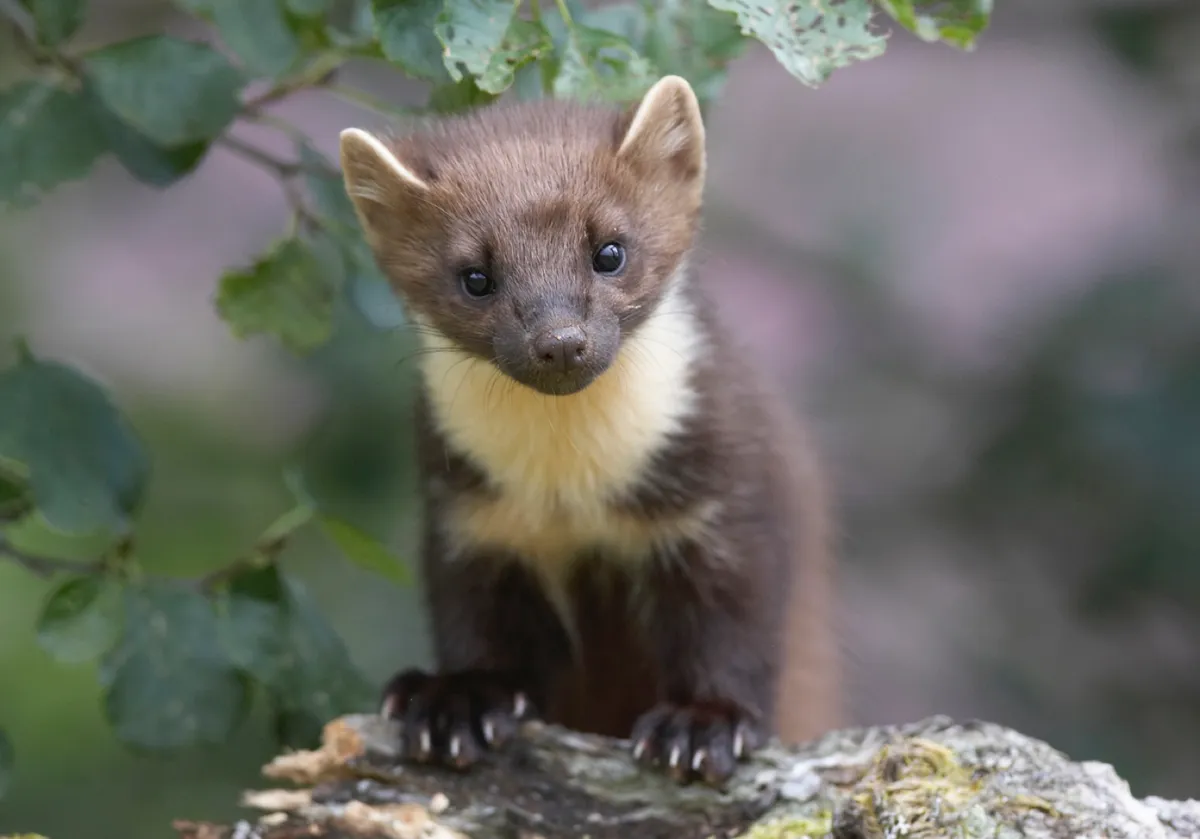
Best places to see pine martens in the UK
You are very, very lucky to spot a pine marten as they are renown for being elusive, but here are a couple of sites known for pine marten activity:
- Glenloy Lodge, Fort William, Scotland
- Galloway Forest Park, Dumfries and Galloway, Scotland
- Crom Estate, County Fermanagh, Northern Ireland
- Marble Arch Caves, County Fermanagh, Northern Ireland
- Cwm Rheidol, Ceredigion, Wales
Plus, more recently pine martens have been reintroduced in Wales and the Forest of Dean.
Are pine martens good for red squirrels?
Pine martens can be a huge help to other species struggling to survive, as they function as another predator higher up the food chain. Red squirrel numbers are on the up in Northern Ireland and experts believe we have the pine marten to thank for the trend. Grey squirrels have been out-competing their red relatives for decades, but now, with more grey squirrels being eaten by the pine marten, the red population is improving.
Our guide to Britain's red squirrel population

Case study: How pine martens are helping red squirrels
Red squirrels are native to Britain, but there are estimated to be only 140,000 red squirrels left, compared to 2.5 million grey squirrels. Could pine martens change that? Countryfile presenter Tom Heap explores how the resurgent pine marten may be rescuing the red squirrel from extinction...
I have long held a contender for my favourite place on Earth and a recent arrival seals the deal. It is a strip of broken woodland beneath a small cliff on a Scottish island where oak trees share the ground with massive boulders and the air with fierce Westerlies. The result is a gnarled, damp jumble of bark, moss and basalt. It was a place already endowed with obvious mystery, now enhanced by the rumoured presence of the pine marten. An animal that is possessed, according to my Encyclopaedia Britannica, of a “bloody-thirsty disposition”.
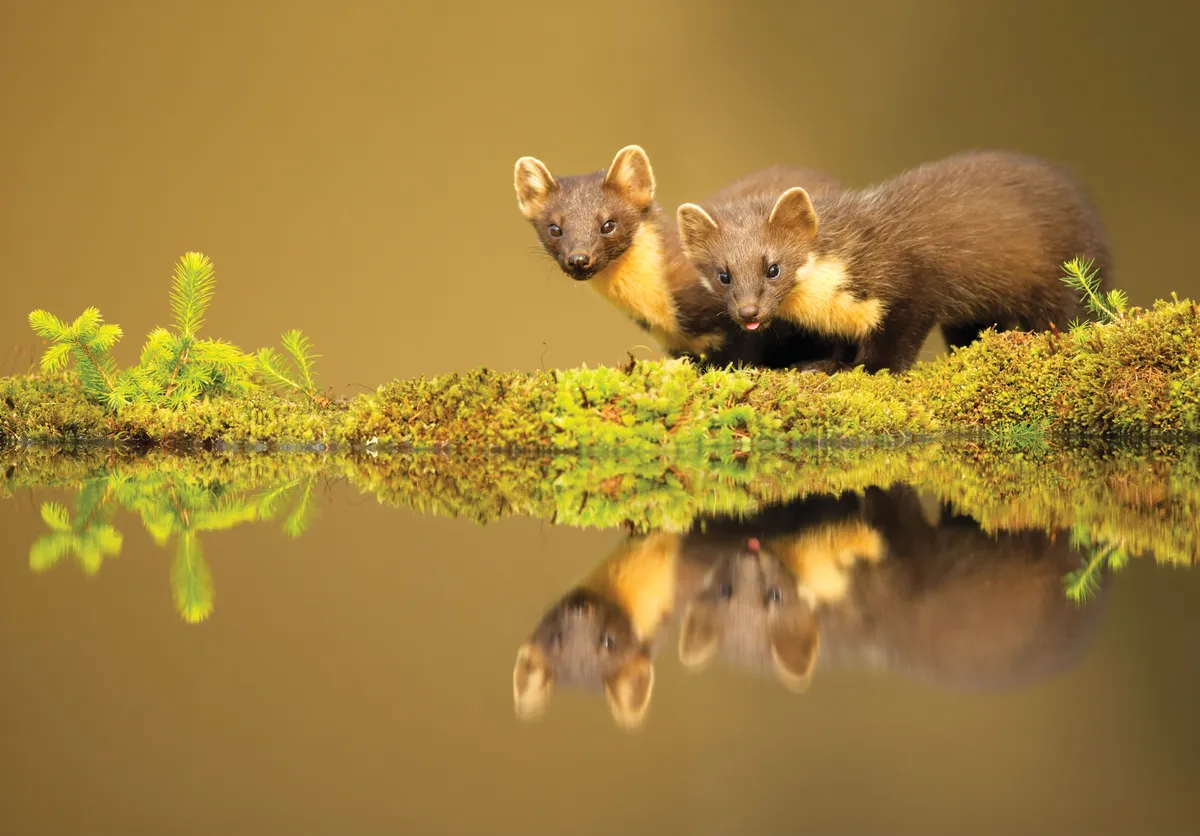
That non-digital information source was published in 1929 when pine martens were virtually extinct in Britain. Colonising these islands after the Ice Age, they were first hunted for their fur and then exterminated to protect game birds and chickens. But at the last minute, law and landscape rode to their rescue: the Wildlife and Countryside Act (1981) made it illegal to hunt them and forestry spread in Photos: our uplands. naturepl.com, Alamy Emerging from their last redoubts in Scotland, they are now thought to number around 3,000 to 4000.
And there is evidence coming to light that their resurgence might be very good news for one of our most beleaguered wild mammals – the red squirrel. It turns out that the pine marten is a magnificent hunter of the red’s arch nemesis – the grey squirrel. But first I want to see one. Despite having ‘pine’ in its name, it is equally happy in broadleaf woodland and I get my first sighting resting on fallen oak leaves. Brown, slightly hairy and about a finger length: a pine-marten dropping, or ‘scat’ in the trade.
The expert ecologist on hand, Emma Sheehy from Aberdeen University, advises me to “give it a sniff”, assuring me their traditional name of ‘sweet-mart’ derives from their delicately scented droppings. All things are relative, I suppose.
A further little through the woods, Emma has successfully trapped a sample of their chocolate-brown fur, a perfect source of DNA for her population study but not quite delivering me a face to face meeting. In the wild, that is vanishingly unlikely as their acute sense of smell, sight and hearing making hiding from me a cinch in the forest. So, like many reporters let down by the ‘real world’, I reach for the internet. The head-on images show a face so perfectly triangular that it looks almost two-dimensional, like something you could cut out for a masked ball.

But there is something a little too focussed and intense about that gaze to be thought ‘cute’. Moving pictures reveal an animal of uncommon agility, uncanny stealth and occasional ferocity. Their pursuit of prey among the swaying upper fronds reminds me of the on-screen canopy-skipping sword play in Crouching Tiger, Hidden Dragon. An ambush of an oblivious rabbit is worthy of the translucent alien in Predator. In short, it is the peerless forest hunter. You may have thought squirrels were the perfect arboreal gymnasts, but the pine marten has them for lunch (or at least dinner, as they tend to like the dusk). And this is winning them new friends.
In Ireland, 12 grey squirrels arrived as a wedding gift in 1911 before escaping, multiplying and spreading. Roll forward nearly 100 years and their population was well established. But then in the Irish Midlands, ecologists noticed that numbers were dwindling, occasionally to nothing. An advancing front of pine martens seemed to be forcing their retreat. Large swathes of central Ireland are now grey-squirrel free. Colin Lawton from the National University of Ireland, Galway has been watching this transition for years. “Grey squirrels have disappeared from a very broad area. In five counties in central Ireland their population has effectively collapsed... and it is a very close match to the core population of pine marten.

In other parts of the country, the greys are still acting like an invasive species but here in the centre they are disappearing.” Now, this same trend is appearing in Scotland. Emma Sheehy and I were roaming around in perfect grey squirrel habitat in Loch Lomond and the Trossachs National Park, but she can find no evidence of their presence, whereas pine martens have left clues everywhere. Nobody is exactly sure how pine martens disperse the greys: do some squirrels get eaten and word goes around, or is it simply that the presence of a branch-borne killer is enough to scare them off? Emma Sheehy says that in the US, where greys come from, they don’t coexist with pine martens so they haven’t evolved to cope with the threat.
And the news gets better. Red squirrels and pine martens can share the wood. Emma Sheehy baits feeders with nuts and, in return for a free meal, the reds leave a little fur sample behind. The forests she has studied are clearly populated by both pine martens and red squirrels. Reds did evolve alongside pine martens and seem to have learnt how to avoid being caught. In effect, the reds have found a local hero to defend their home from foreign invaders. Their enemy’s enemy is their friend. There are now advanced plans to bring more pine martens to Wales this autumn and wildlife enthusiasts are eyeing up the more wooded areas of England as possible reintroduction sites. With his experience from Ireland, Colin Lawton warns this will not be a quick fix as pine martens are quite slow breeders but he is “very hopeful this could be the turning of the tide and the reversal of fortunes for the two squirrel species”. And it does seem that as long as we aren’t culling them, pine martens can live alongside humans quite well. Roof spaces make ideal den sites and in parts of Scotland, B&Bs are offering nightly viewings to guests as pine martens visit the garden to dine on “toast and jam”.
Pine marten distribution map
Protection, reduced pollution and an increase in woodland habitat across Britain have helped this agile hunter to recover.
But their success and popularity is ruffling some feathers. Pheasant, grouse and the rare capercaillie are definitely on the martens’ menu, and a hen-house massacre is well within their range. The Game and Wildlife Conservation Trust point out that there are probably less than half the number of capercaillies remaining than pine martens and the population continues to fall despite improving their forest habitat. They want to remove 10 pine martens a year from a study plot to see how that affects the breeding success of capercaillies.
Pine martens reintroduced to Forest of Dean
In a bid to reestablish their population in England, 18 pine martens have been released into the Forest of Dean.
Conflict with game shooting
The British Association for Shooting and Conservation acknowledges the possible gain from pine martens triggering declining grey squirrel numbers, but worries about the conflict with game birds. It feels “it is important that there is management flexibility to deal with any potential conflict situations”.
Shooting organisations don’t want to halt the spreading population but they also don’t want to see pine martens achieving a kind of ‘sacred cow’ conservation status where no population control is ever permitted. But concern isn’t limited to those used to holding a gun in their hand. On the Isle of Mull, the martens probably arrived as stowaways on boats carrying logs for the timber industry and are spreading across the island. But what will that mean for other wildlife? A recent report for Scottish Natural Heritage raises concerns for birds such as the wood warbler, yellowhammer and tree pipit. A nest high in a tree offers little protection for eggs and hatchlings from such adept climbers. Snakes and lizards could also be at risk: the martens’ arrival in the Mediterranean Balearic islands resulted in native reptile extinction.
The pine marten’s recovery is a pleasure for anyone who feels our countryside is enhanced by increasing the variety of thriving indigenous species. The fact that they might help us to win an apparently losing battle against an unwanted invader is a major bonus. But very little of our land is truly wild and devoid of commercial or conservation interests. We cannot control the appetite of such a competent killer and sometimes they will eat the ‘wrong’ thing.
Tom Heap presents Countryfile on BBC One and Costing the Earth on Radio 4. He is also a regular Panorama reporter, covering food, farming, energy and wildlife.
How Britain's native predators are fighting back
The return of tooth and talon. Robust wildlife protection, reduced pollution and an increase in woodland habitat across Britain have helped some of our native predators to recover:
Red kite Milvus
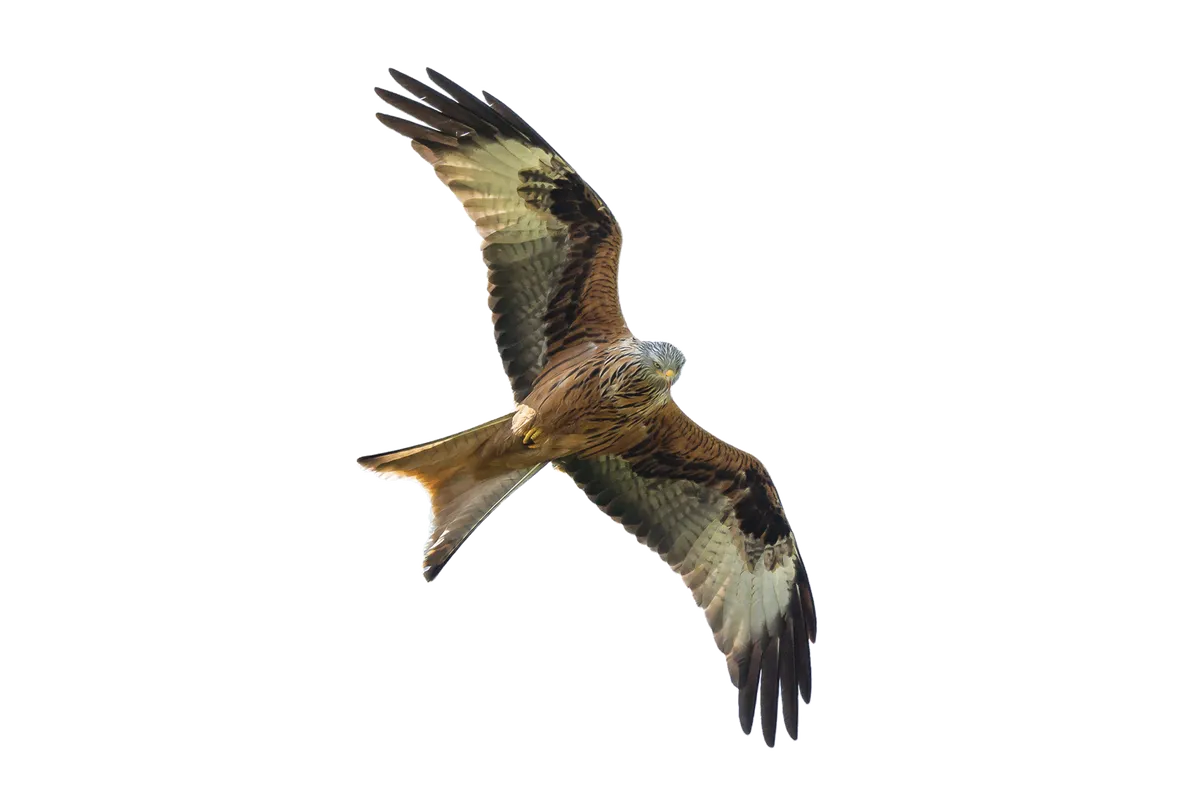
The red kite was extinct in England and Scotland by the end of the 19th century. Deliberate reintroduction and spread has brought them back, with current population estimates around 1,800-2,500 pairs.
Buzzard Buteo buteo

Population fell due to illegal killing and organophosphate pesticide. Now recovered to around 50,000 pairs, nesting in every county of the UK.
Polecat Mustela putorius
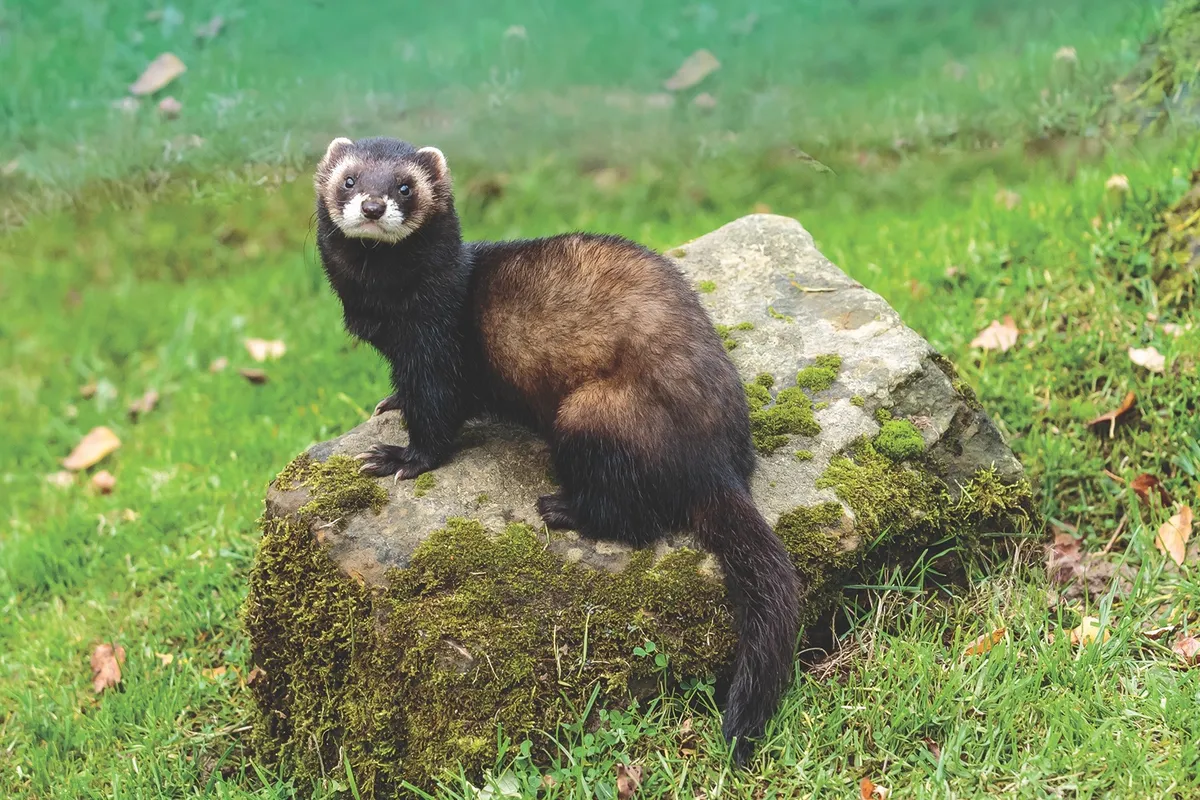
Their numbers fell to 5,000 due to gamekeepers and fur trappers, but polecats are now protected and have risen to around 50,000 individuals.
Otter Lutra lutra
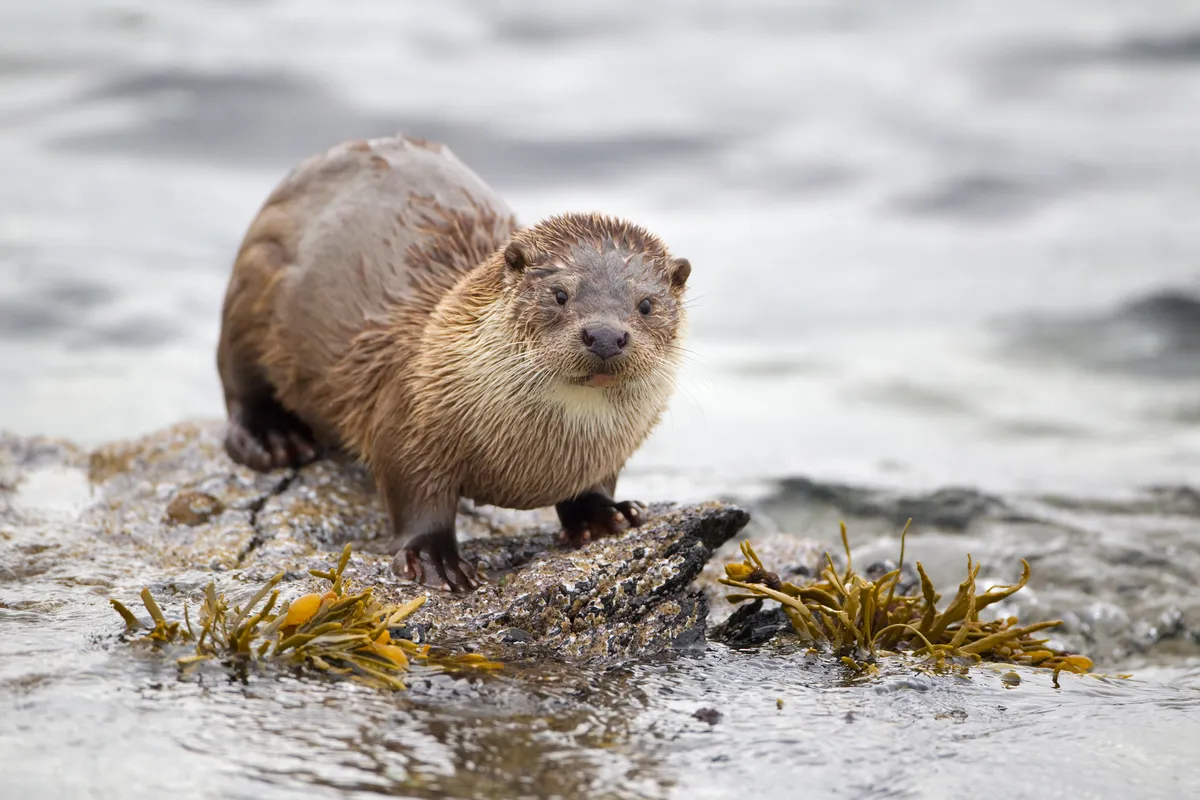
Just 50 years ago they were almost completely absent from England. They are now thought to be present in every county
